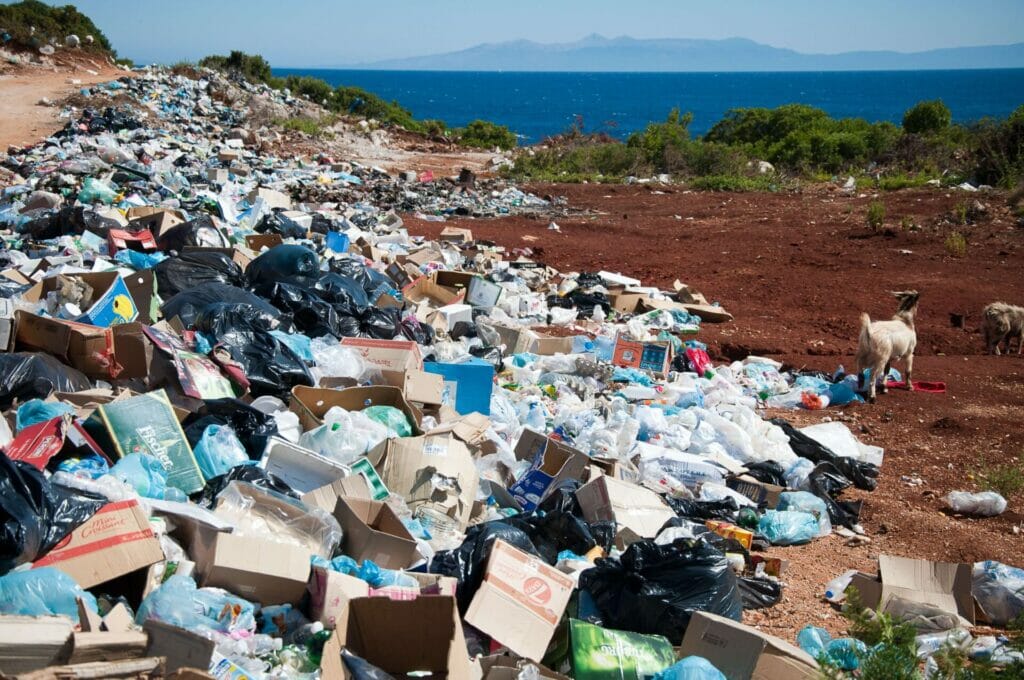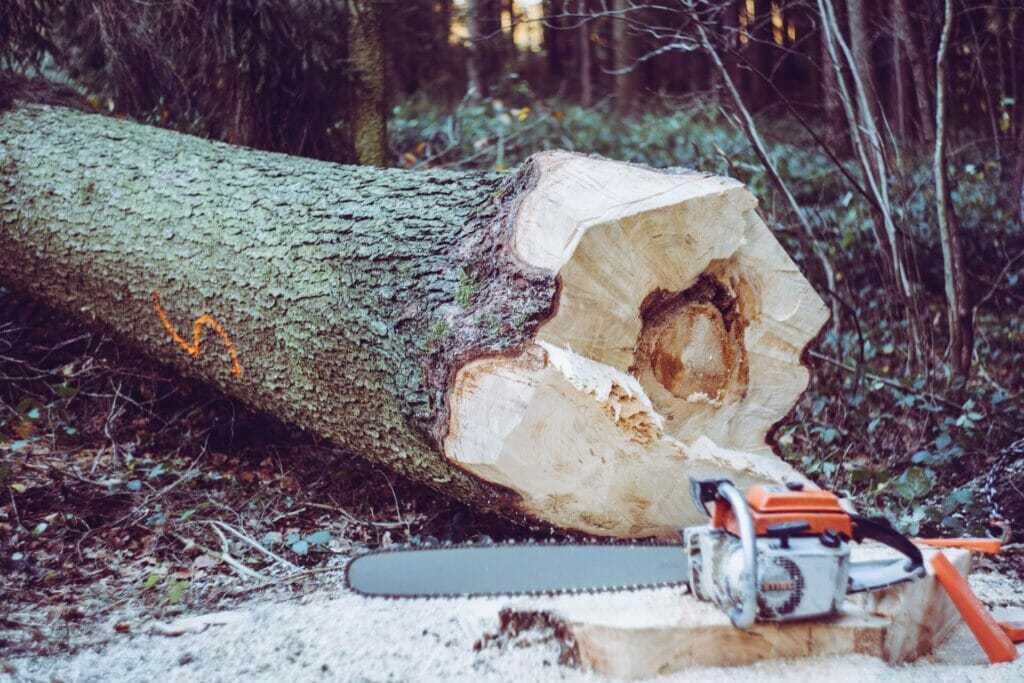In the past, humans lived in a sustainable lifestyle. We lived in communities in which we were self-sufficient. But today, we are dependent on large amounts of energy from outside sources. For example, we get our energy from coal and natural gas.
We also get it from nuclear power. We get our energy from sunlight through wind, waves, and photovoltaics. We even get our energy from animals and plants through biofuel and ethanol. Humans cannot live on energy from animals and plants alone.
Most of us in developed countries live in a way that is extremely different from the lifestyles lived by our ancestors. We enjoy luxuries that no one could have imagined a hundred years ago.
Our homes are filled with appliances, electronics, and gadgets that were unimaginable back then. We have food from all over the world, at our fingertips, all year long. We can travel instantly, to anywhere on the planet, and we can communicate with anyone, from around the world.

Our Ecological Footprint
Every year since 1996, the World Wildlife Fund has published its Living Planet Report. It’s a big book with lots of charts, figures, and statistics, and it’s constantly referenced in news stories, opinion pieces, and conversations.
Some of the findings are so startling that they’ve become memes in their own right, constantly being brought up to support or refute other ideas about the environment. For example, the claim that humans are using 1.6 Earths worth of resources each year.
The Earth gives us an abundance of natural resources, but it is not unlimited. Each day we use up more and more of the Earth’s natural assets, such as water, air, and soil for the way we live.
Unfortunately, the Earth can’t keep up with our demands and this is causing problems for our future.
We also need to think about the future of other humans and animals that live on the Earth, as they could be affected by our actions today.
By now, most people have heard of the term eco-footprint. But what does it mean to have an eco-footprint, and how do we know if we have one?
The ecological footprint is a measurement of how much land and water area a given human population requires to produce the resources it consumes and to absorb its waste.
This measurement was developed by the World Wildlife Fund and is used to determine how much land and water we need to take care of our current population and how much room there is left for other species.
Typical Impacts of the Modern Consumer
In modern Western society, a good life is characterized by a large house in a safe neighborhood, a good job, and plenty of disposable income. Most of us are striving for this kind of lifestyle, but what are the hidden costs to our environment?
Most people would agree that the use of public transit is better than driving a car, however – what about the energy consumed by a laptop computer, or the packaging materials that the new laptop was shipped in?
According to the National Bureau of Standards, the typical American family of the 1970s used an average of 1,417 kilowatt-hours per month of electricity (enough juice to power a 100-watt light bulb for over 24 hours a day for a month).
Today the average American family uses nearly three times that amount, or an astounding 3,163 kilowatt-hours per month. Just how much energy do we use in the typical American home today?
The Difference Sustainable Living Makes
The big problem with environmental problems is that many people don’t see them as an immediate problem. They have the luxury of living in a society that provides clean water, electricity, and plenty of food.
They take these things for granted since they have lived this way for much of their lives. But what happens when you can no longer take these things for granted? What happens when you have to make your lifestyle more sustainable?
Green living, or “sustainable” living as it is sometimes called, is a way of life that focuses on conserving natural resources and living in harmony with the world around you.
You don’t have to live in the countryside or in a yurt to be a part of it, but it certainly helps. By living a sustainable lifestyle, you’ll reduce your environmental impact and make the world a better place!

Buy products with less packaging
Packaging is designed to protect products while in transit; it serves as a warning for possible hazards; it adds a visual appeal to the product, and it even alerts the consumer of what they are buying. Although the packaging is useful, it comes at a high cost.
For example, for every 2 pounds of PET plastic that are recycled, approximately 7 pounds of greenhouse gases are released into the atmosphere.
So, with the knowledge that packaging costs us more than it helps us, we can make positive choices with our shopping habits.
Choose renewable energy
Think about the energy you use on a daily basis. You might be surprised to see how much of that energy actually comes from nonrenewable sources.
From the heating and cooling in your home to the power in your devices, you probably use nonrenewable resources every day—and at a rate that’s much higher than you’d like.
Fortunately, there are small steps you can take in your daily life to help the environment and reduce your overall carbon footprint.
We’re in the middle of a sustainability revolution. In the UK, renewable energy is the future and, whatever your views on climate change, we should all be involved in the sustainable energy revolution. Come and learn the basics of renewable energy and see how easy it is to make the switch.
Last Words
The modern consumer is the backbone of the US market, responsible for most of its economic activity. With the increasing population and the higher standard of living, the general trend of the market is to produce cheaper goods at a faster pace, although this has come at a steep price to our environment and ourselves. While some choose to ignore the consequences, others are coming to the realization that we need to make drastic changes to the way we live our lives to avert disaster.